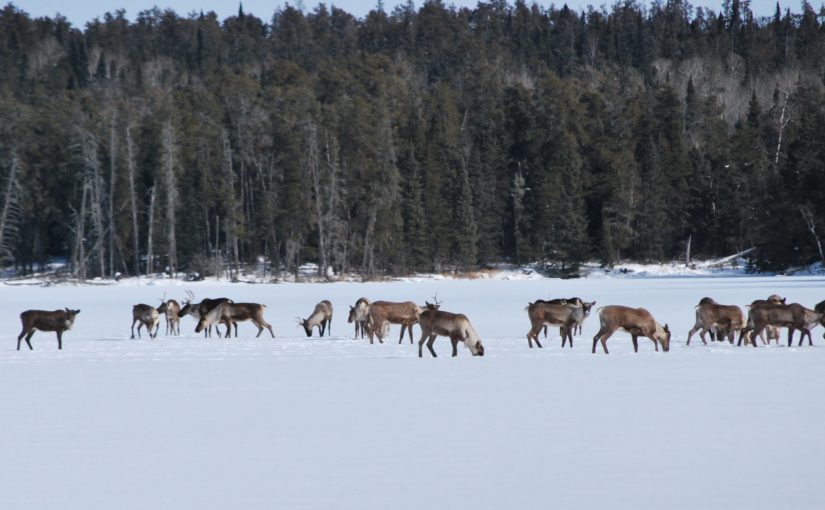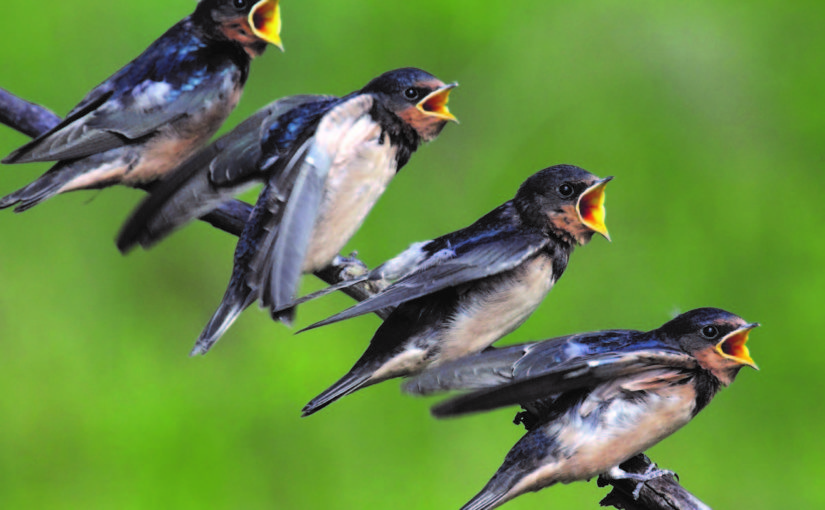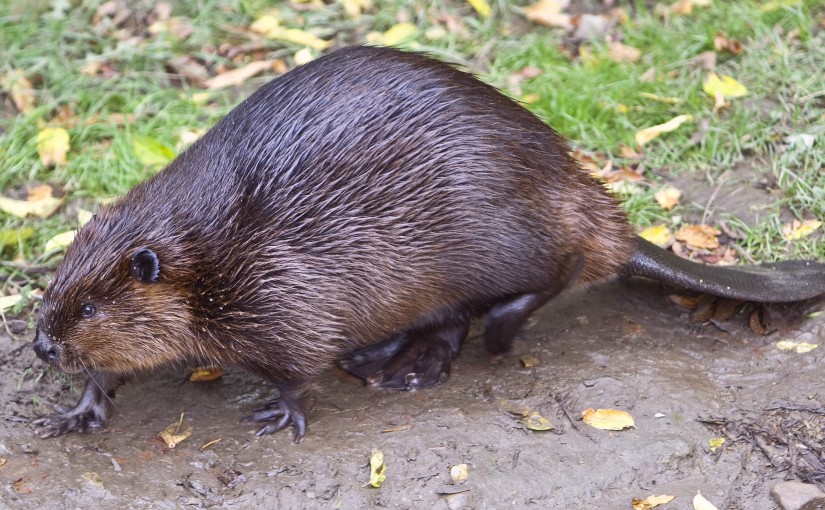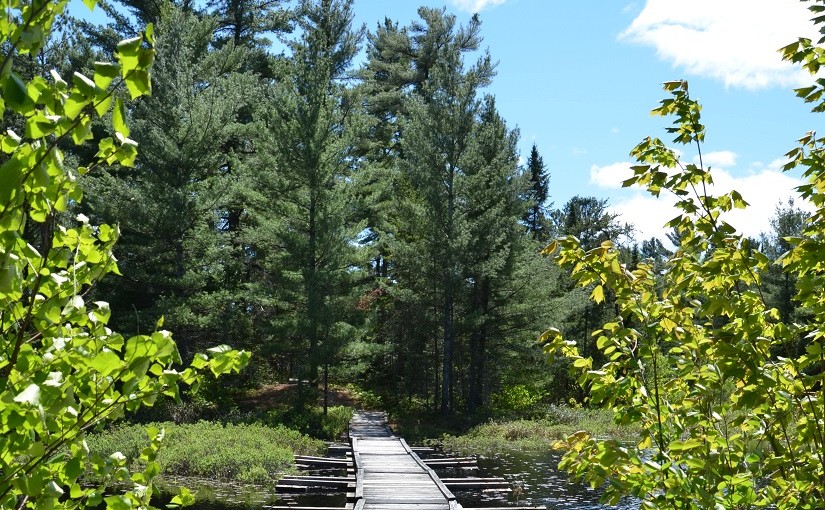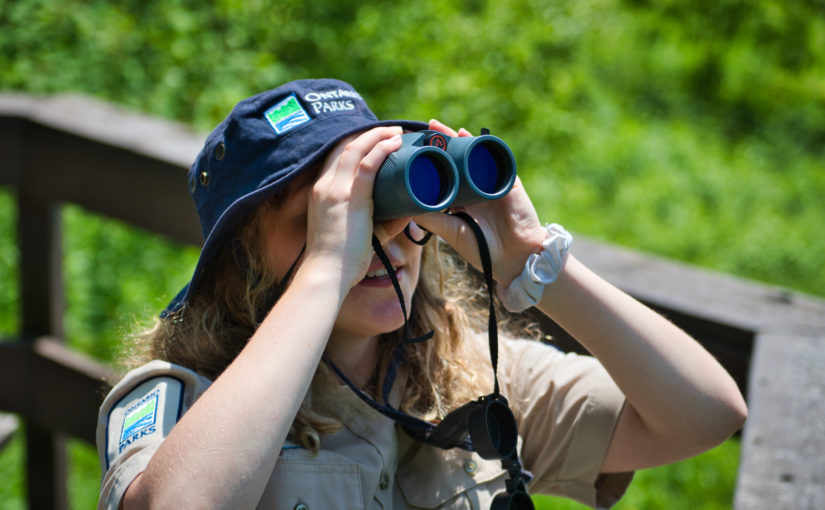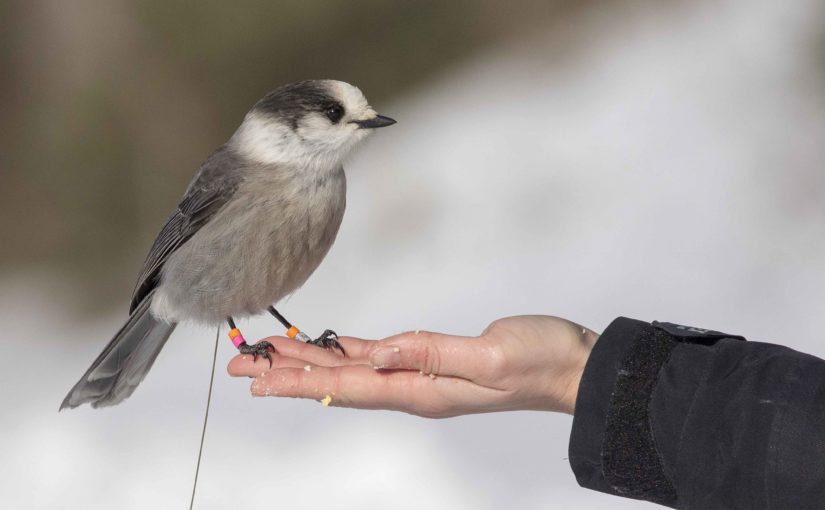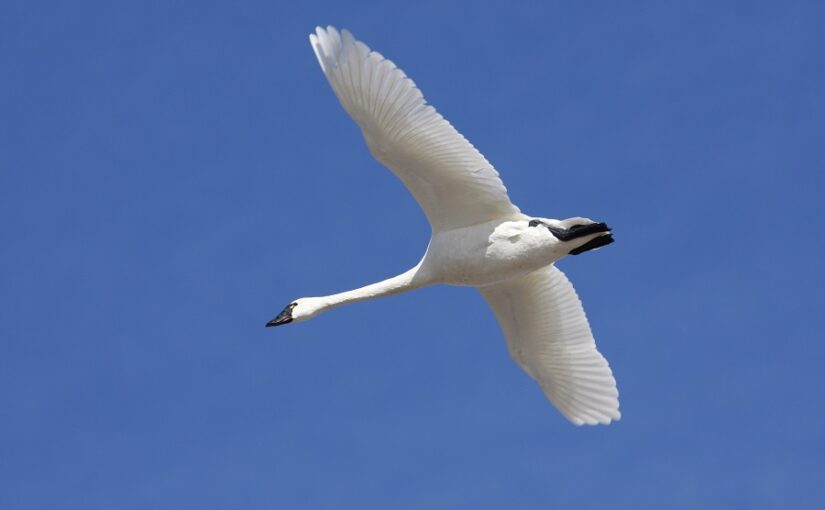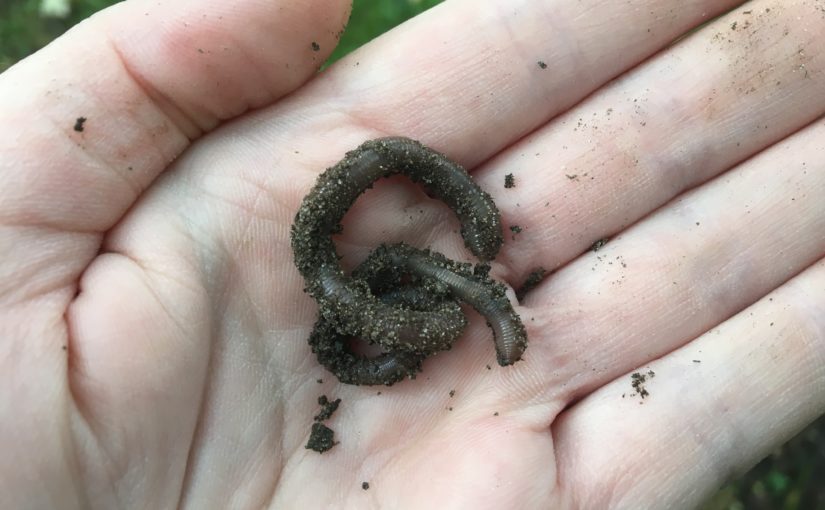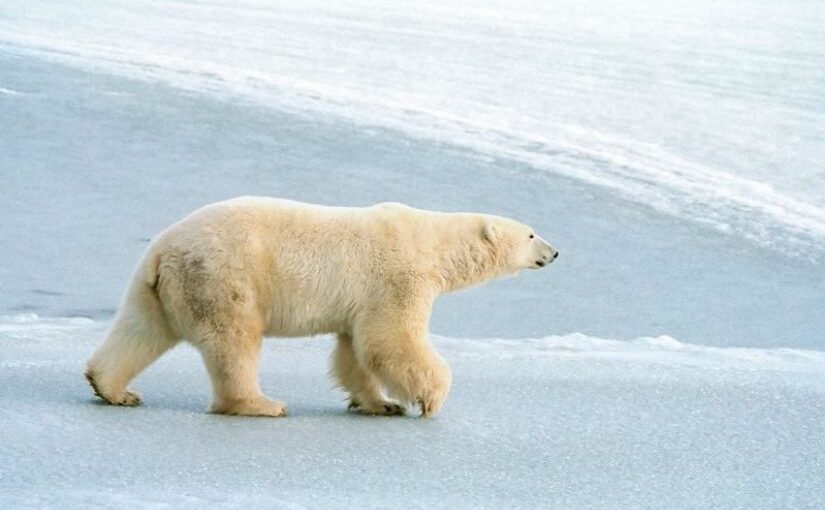Today, we join Discovery and Marketing Specialist Dave Sproule for a chat about the ecological and cultural significance of the beaver, which became Canada’s official symbol in 1975.
We all know beavers are industrious. They build dams, canals and sturdy homes called lodges, which are warm in winter. They repair all those dams and collect enough food to survive long northern winters.
We know beavers are well-suited to the Canadian environment. Beavers are amphibious — they’re more at home in the water than on land — with webbed hind feet, nostrils that can close, a third see-through eyelid that protects the eye when they’re underwater, and a big flat tail that acts as a rudder while swimming.
However, the biggest reason to celebrate the beaver is that it built Canada, shaping both its historical and ecological landscape.
Continue reading The beaver: architect of biodiversity
